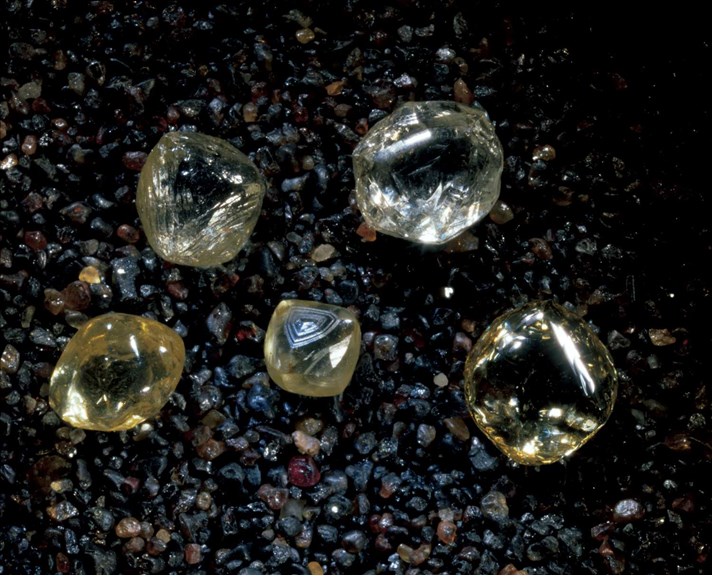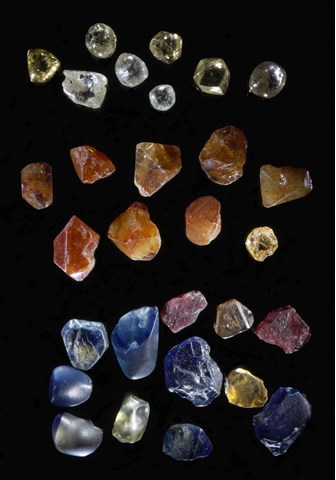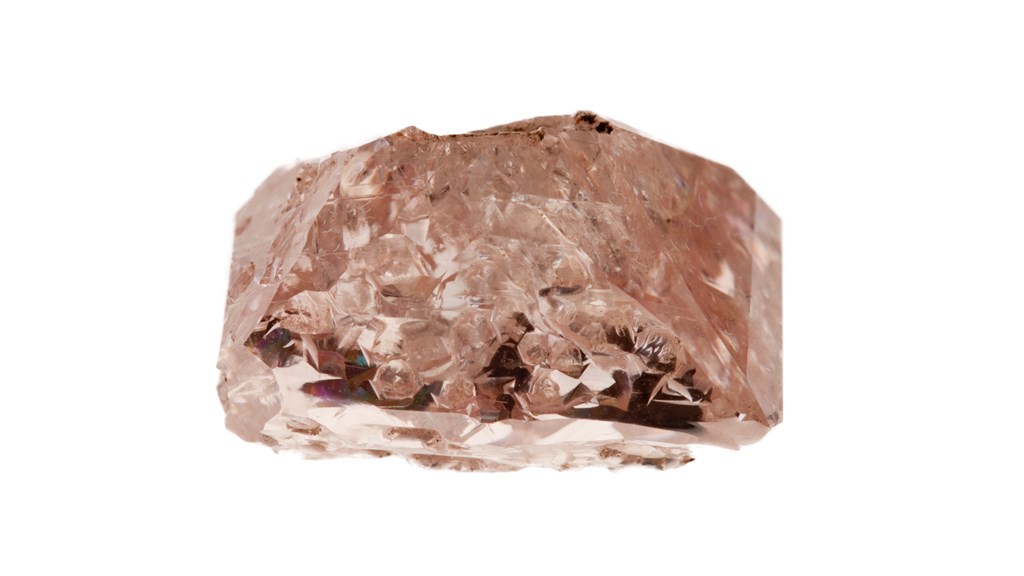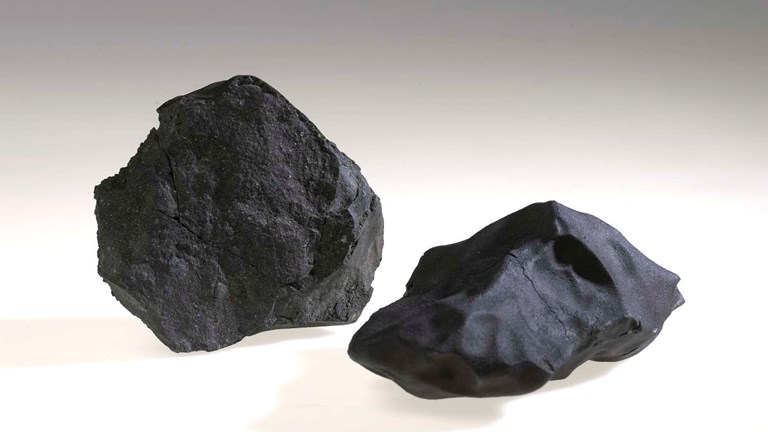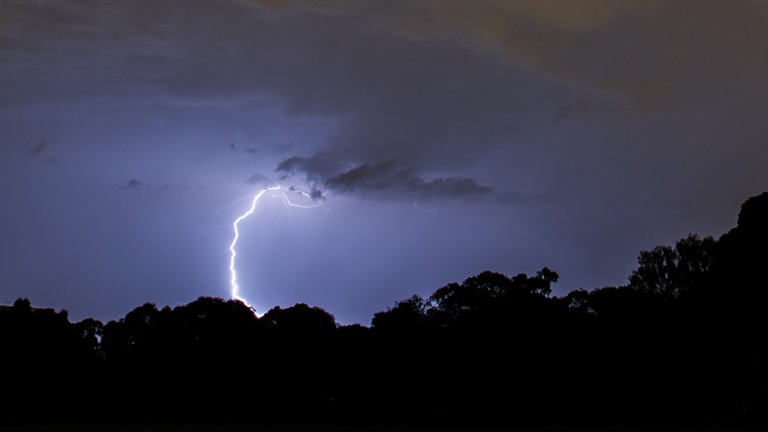How do diamonds get their colours?
And what's so special about the pink ones?
Diamonds are made up of carbon atoms arranged in rigid tetrahedrons (triangular pyramids). Pure diamonds are transparent and colourless. They are very rare and therefore very valuable.
Most naturally-coloured diamonds are created when trace elements interact with the carbon atoms during the diamond's creation. The presence of chemical elements such as nitrogen, sulphur, and boron can colour diamonds in shades of yellow, green and blue.
Pink diamonds, however, are a different story.
Trace elements have never been found in pink diamonds. Instead, the colour is caused by a distortion in the diamond's crystal lattice, created by intense heat and great pressure from all directions (non-isotropic stress) after the stone's formation in the earth.
This distortion displaces many carbon atoms from their normal positions and alters the qualities of light reflected by the diamond. It is this special configuration of the molecules that allows us to observe the stone as pink.
Although pink diamonds are found throughout the world, pink diamonds from the Argyle Mine are said to have the finest colour of fancy, intense pink (colour saturation).
This is because Argyle pinks possess densely-packed graining planes that emanate pink colour (twinning lamination). In contrast, non-Argyle pinks have few and indistinct pink graining and are therefore generally lighter in colour. The pink graining in Argyle stones is sometimes visible to the naked eye.
Pink diamonds are not just special because of their structure; they're also incredibly rare: for every one million carats of diamond produced at Argyle, only one carat will be of high-quality pink colour.
The largest pink diamond ever found in Australia is the Argyle Pink Jubilee diamond (8.01 carats). It was donated to Museums Victoria by Rio Tinto and is currently on display in Melbourne Museum's Dynamic Earth exhibition.
